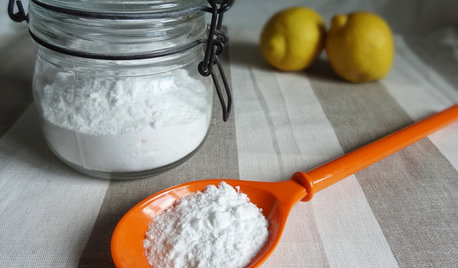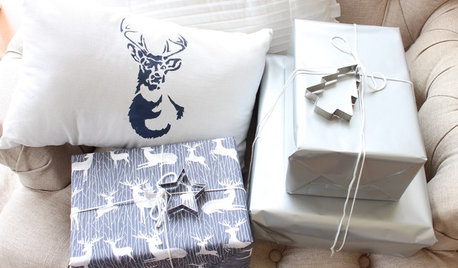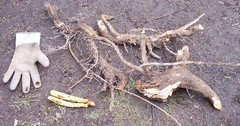The battle to eliminate Salal begins - tips??
Wayne Reibold
13 years ago
Featured Answer
Sort by:Oldest
Comments (25)
grrrnthumb
13 years agoaka_strawberrygoat
13 years agoRelated Professionals
Bridgetown Landscape Architects & Landscape Designers · Saint Matthews Landscape Architects & Landscape Designers · Sahuarita Landscape Architects & Landscape Designers · Fort Atkinson Landscape Contractors · Indio Landscape Contractors · Lakewood Landscape Contractors · Lynchburg Landscape Contractors · Bethesda Fence Contractors · Kirkland Fence Contractors · Los Angeles Fence Contractors · Norwalk Fence Contractors · Sacramento Fence Contractors · Tucson Fence Contractors · Angleton Fence Contractors · Kingsburg Fence ContractorsEmbothrium
13 years agogrrrnthumb
13 years agoEmbothrium
13 years agojohnaberdeen
13 years agogrrrnthumb
13 years agoWayne Reibold
13 years agoditas
12 years agooliveoyl3
12 years agofromthecity
11 years agofromthecity
11 years agoWayne Reibold
11 years agoElia1912
9 years agoWayne Reibold
9 years agoLily777
9 years agoHU-106689051
3 years agoWayne Reibold
3 years agoBill Cornelius
2 years agoSusan Moore
2 years agoEmbothrium
2 years agolast modified: 2 years agoLauren Nelson
last yearHU-60483932
last yearSteph
5 months ago
Related Stories

MOST POPULARContractor Tips: Top 10 Home Remodeling Don'ts
Help your home renovation go smoothly and stay on budget with this wise advice from a pro
Full Story
KIDS’ SPACES15 Tips for Small-Space Living With Baby
Keep your wee one's stuff under control and your nerves unfrazzled with these space-saving storage and baby-gear ideas
Full Story
HOUSEKEEPINGBaking Soda: The Amazing All-Natural Cleanser You Already Own
Battle grime, banish odors and freshen clothes with this common nontoxic cupboard staple
Full Story
REMODELING GUIDESWhat to Know About Budgeting for Your Home Remodel
Plan early and be realistic to pull off a home construction project smoothly
Full Story
CONTRACTOR TIPSYour Complete Guide to Building Permits
Learn about permit requirements, the submittal process, final inspection and more
Full Story
LIFEYou Said It: ‘Lower Your Standards’ and Other Quotables
Advice, tips and other comments that struck a chord in the run-up to the holidays
Full Story
ORGANIZINGDo It for the Kids! A Few Routines Help a Home Run More Smoothly
Not a Naturally Organized person? These tips can help you tackle the onslaught of papers, meals, laundry — and even help you find your keys
Full Story
HOUSEKEEPINGHow to Clean Your Fridge, Inside and Out
Keep your refrigerator clean and fresh, while you gain storage space and lose those ‘UFOs’
Full Story
BOOKSCan Tidying Up Result in Life-Changing Magic?
Organizing phenom Marie Kondo promises big results — if you embrace enormous changes and tough choices
Full Story
HOUSEKEEPINGGot a Disastrously Messy Area? Try Triage
Get your priorities straight when it comes to housekeeping by applying an emergency response system
Full Story










Embothrium